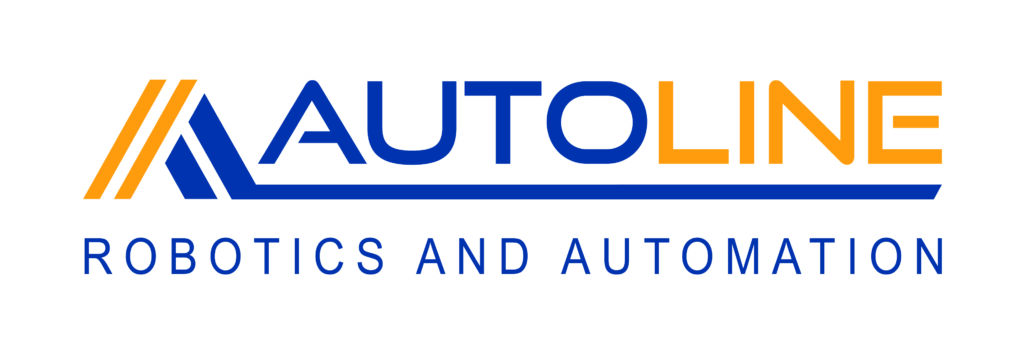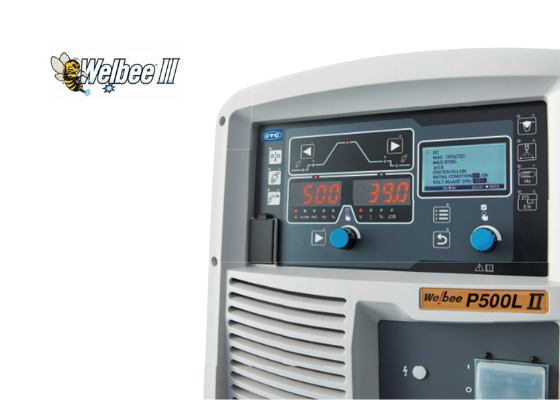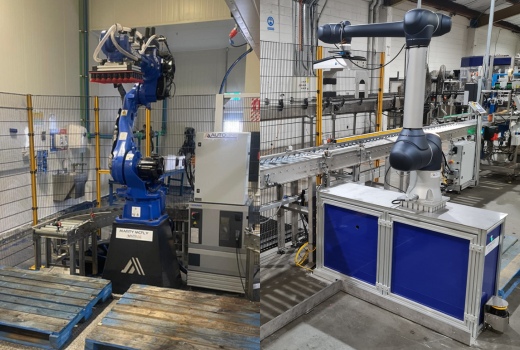The Welbee welding power source has long been known as a leader in innovation, efficiency and high quality in arc welding. And now, OTC Daihen have done it again with the introduction of the new Welbee II series.
The new features of the Welbee II include:
- Larger, Upgraded Display Panel
- Additional Operating Functions
- A Welding Guide with Data Tracking
- SMART-PULSE for Mild Steels
- Special Mode for Low Silicon Solid Wires
- New Software for More Stable Arc on Aluminium
Additional Operating Functions
Additional operating functions now allow the welder to select a variety of settings to enhance the welding operation. The operating functions also are displayed on the new display panel with a description of the function and ranges that are applicable to help the welder in selecting the best function for his job.
One of the new operating functions is the Intermittent Welding Mode. In this function, the welder can be set for an “ON” welding time and an “OFF” welding time. This allows the unit to be set up for intermittent welds being made on a tractor or side beam device. It can also be used in areas that have a bad joint fit-up.
Another function that brings efficiency is Function F38 that allows the welder to easily switch the power leads and weld in the DCEN mode. The high quality of OTC DAIHEN and Welbee power sources has been due in large part to our real-time monitoring of the power supplied to the arc and our ability to change that power prior to spatter creation. This new function makes it easier than ever before to monitor the polarity and voltage signals.
A Welding Guide with Data Tracking
Another new function is the on-screen welding guide. You select the weld joint, base material, weld size and the machine provides the suggested parameters for this application. The updated weld data recorder will automatically display up-to-date data on the welds upon completion of each weld. The updated data includes weld times, and machine “ON” times.
SMART-PULSE for Mild Steels
The Welbee II has updated welding software for high-speed welding of mild steel. This new SmartPulse technology decreases voltage, keeps spatter to a minimum while reducing undercut at the weld toes.
Special Mode for Low Silicon Solid Wires
Another advancement is a special mode for newer, low silicon solid wires. Low silicon wires have been developed for automotive underbody components to reduce the amount of slag spalling on powder-coated parts. However, the chemistry of these wires makes the arc characteristics with conventional programming poor at best. The updated Welbee software provides a stable arc with a good bead appearance and minimal spatter, even on zinc-coated materials.
New Software for More Stable Arc on Aluminum
Manufacturers who weld aluminum parts and products know welding heavy plate can be a challenge. The updated Welbee II includes software for 5000 series wire on heavy plate to provide a more stable arc, more constant current, good penetration and good bead profile on aluminum.
The Welbee II Product Line
All of the Welbee welding power sources have a very similar architecture, which includes:
- They are all inverter-based.
- Each has the capacity to store 100 programs of your choice.
- All are driven by a set of specially made microchips (ASIC) that have a 20 nanosecond (1 / 50,000,000 sec.) processing speed.
- They have built-in interface boards that allow each of them to be used manually, semi-automatically, in hard automation or robotically.
- Self-diagnostics and basic data collection are built in.
- There is a USB port to allow the download of data and programs in addition to uploading new software.
- The mechanical design of each unit shares most of the same structure. Also, the top and right-hand side that contain the microelectronics are virtually sealed from the outside. This greatly reduces the influence of damaging environmental elements such as grinding dust, dirt and high moisture from affecting the more delicate components.
- The left and central areas of the units are a wind tunnel design. With air pulled in from the left side center, it is projected across the heat sink elements by on-demand fans. This design requires that the cooling air only has to travel over 1/2 the depth of the unit and then only draws in potentially dirty shop air when cooling is needed.
- Being inverter-based units also allows them to be both Constant Voltage (CV) and Constant Current (CC) units. CV is conventionally used for the GMAW and FCAW processes, and CC is used for SMAW, GTAW and Plasma Arc Welding (PAW). Some units also have DC Pulse and DC Wave Pulse capabilities.







